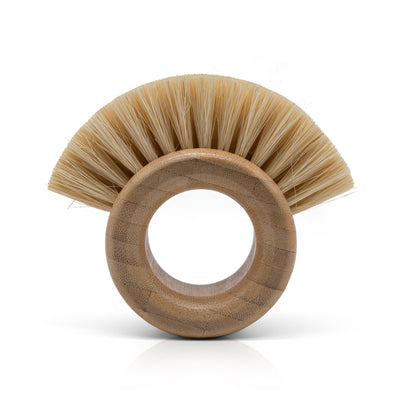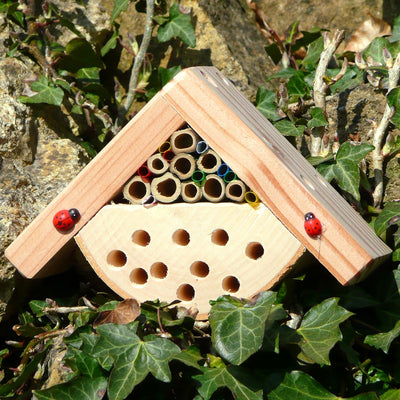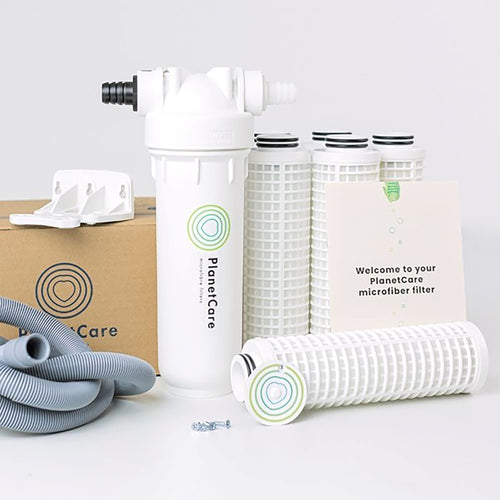We have many thousands of customers who report that the Chimney Sheep has an immediate impact on reducing draughts, retaining warmth and making a home more comfortable, but it has been surprisingly difficult to prove this. On first consideration, you’d think you could measure the temperature inside and out, put a sheep in a chimney, then after a couple of hours measure the temperature again.
Testing Chimney Sheep
But what if the outside temperature changes in those couple of hours? What if there is air leaking around doors and windows? So it’s difficult to test a Chimney Sheep “in the field”. The next option was to test it in laboratory conditions. There is a testing house that has a mock-up chimney inside a warehouse. This would test how the ‘sheep performed with airflow equipment, and with pressure testing. However it wouldn’t take into account the stack effect, which accelerates the rate at which air is sucked out of a chimney depending on how cold it is outside, how warm it is inside, and the height of the chimney. It also wouldn’t consider variables such as whether the chimney was in a detached house or a terrace, whether the house had any other insulation, whether there was more than one chimney and so on. For such a low-tech product, it was proving surprisingly difficult to demonstrate its efficacy.
Liverpool School of Architecture
Then it was suggested that I approach the School of Architecture at the University of Liverpool. They have very advanced software that can model all these variables, and test the product in a range of simulated conditions. They were very enthusiastic about the challenge, having recently conducted some research into retro-fitting a terraced house in Liverpool. I sent a batch of samples that could be pressure tested to determine just how much air flow they could restrict, and then the effect of the sheep in a flue could be simulated and the carbon + financial savings could be calculated.
Saving of £75 per year for every chimney [2013 figures]
It was with some trepidation that I quickly read the report and re-read it. I knew the sheep worked, customers had told me it worked, but to have it scientifically scrutinised was surprisingly nerve-wracking! The headline message is that it saves an average of 5% of household heat / carbon / costs. My initial reaction was: “Is that all?? When everyone says how much warmer their room feels after sticking a sheep in their chimney!” But this translates into a saving of around £75 per year. Many properties have more than one chimney, and the saving goes up with every chimney blocked. It is also equivalent to a saving of around 250kg of carbon per chimney per year.
Other facts that were highlighted were that the ‘sheep was almost as effective as getting the chimney permanently blocked. Even properties that had been insulated to a very high standard benefited from having a Chimney Sheep™ fitted. Properties that had some degree of insulation, such as loft insulation but no wall insulation, benefitted just as much from having a sheep fitted as properties that had no insulation at all.
As Professor Steve Sharples says in the report, “having an unblocked open chimney flue is like leaving a window open all the time during winter months”
As the temperatures drop it’s time to start thinking about closing that gap and keeping the cold air out…
Read the full report here. Remember these figures for energy costs are from 2013.


















